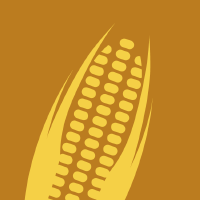Topic Editors

Sustainable Food Production and High-Quality Food Supply

Topic Information
Dear Colleagues,
Due to a growing global population and limited resources, sustainable food production has become important in ensuring food security and maintaining ecological balance. Sustainable food production aims to improve food production efficiency, reduce resource waste and environmental pollution, protect ecosystems while ensuring food quality, meet the human demand for food, and ensure the sustainable development of food production. This includes carrying out multiple measures to improve the productivity of agriculture and animal husbandry, the stability of the supply of the raw materials of food, and the quality of food. We therefore invite scholars to submit their research findings to the article collection of this Topic, which will hopefully serve as a platform for the exchange of knowledge and the stimulation of new innovations.
Dr. Kai Qiu
Dr. Guohua Liu
Topic Editors
Keywords
- food production
- agricultural production
- livestock production
- animal nutrition
- feed technology
- sustainable agriculture
- applied agriculture sciences
- high-quality food production
Participating Journals
| Journal Name | Impact Factor | CiteScore | Launched Year | First Decision (median) | APC | |
|---|---|---|---|---|---|---|

Agriculture
|
3.3 | 4.9 | 2011 | 19.2 Days | CHF 2600 | Submit |

Applied Sciences
|
2.5 | 5.3 | 2011 | 18.4 Days | CHF 2400 | Submit |

Crops
|
- | - | 2021 | 22.1 Days | CHF 1000 | Submit |

Foods
|
4.7 | 7.4 | 2012 | 14.5 Days | CHF 2900 | Submit |

MDPI Topics is cooperating with Preprints.org and has built a direct connection between MDPI journals and Preprints.org. Authors are encouraged to enjoy the benefits by posting a preprint at Preprints.org prior to publication:
- Immediately share your ideas ahead of publication and establish your research priority;
- Protect your idea from being stolen with this time-stamped preprint article;
- Enhance the exposure and impact of your research;
- Receive feedback from your peers in advance;
- Have it indexed in Web of Science (Preprint Citation Index), Google Scholar, Crossref, SHARE, PrePubMed, Scilit and Europe PMC.


